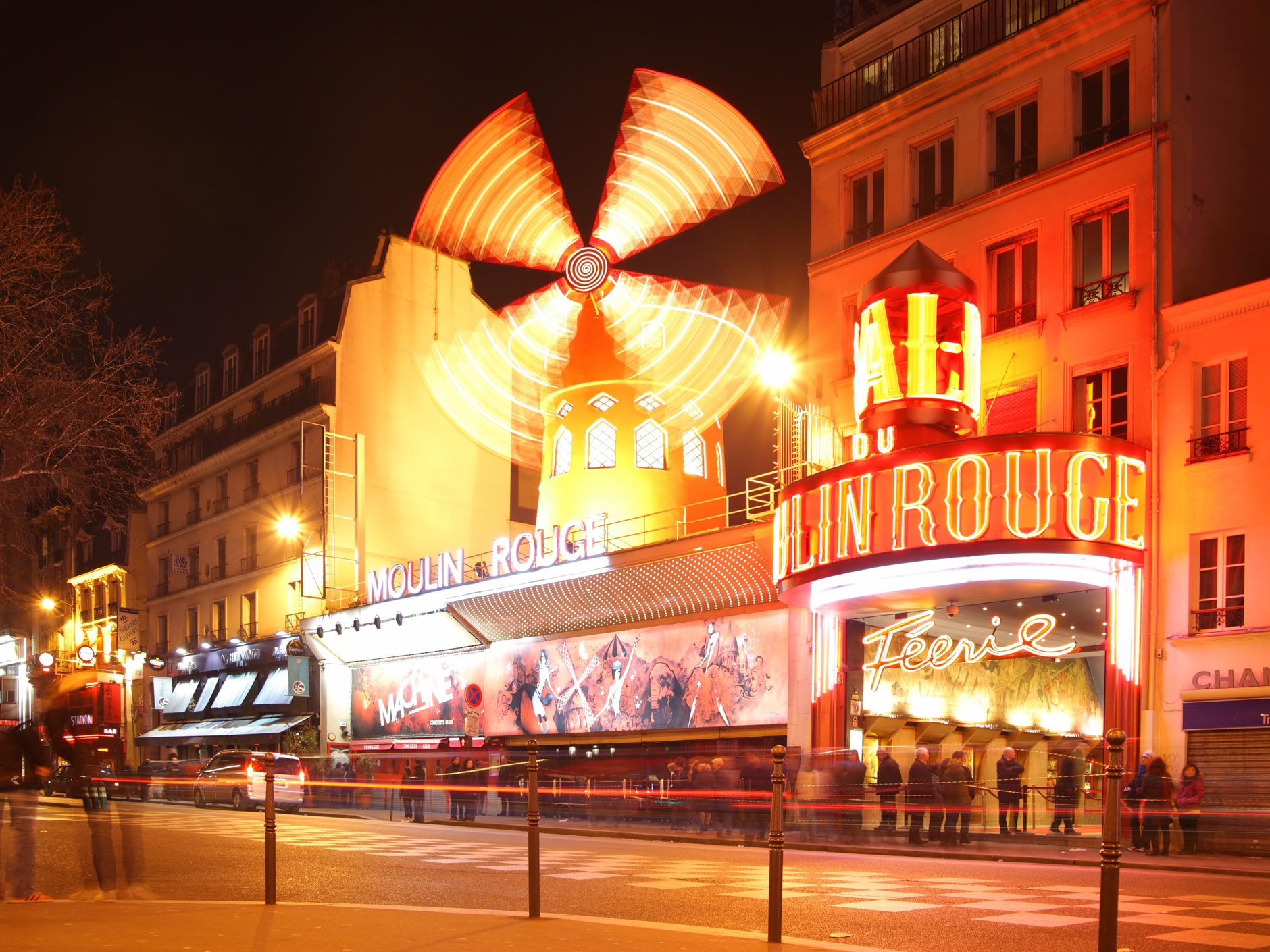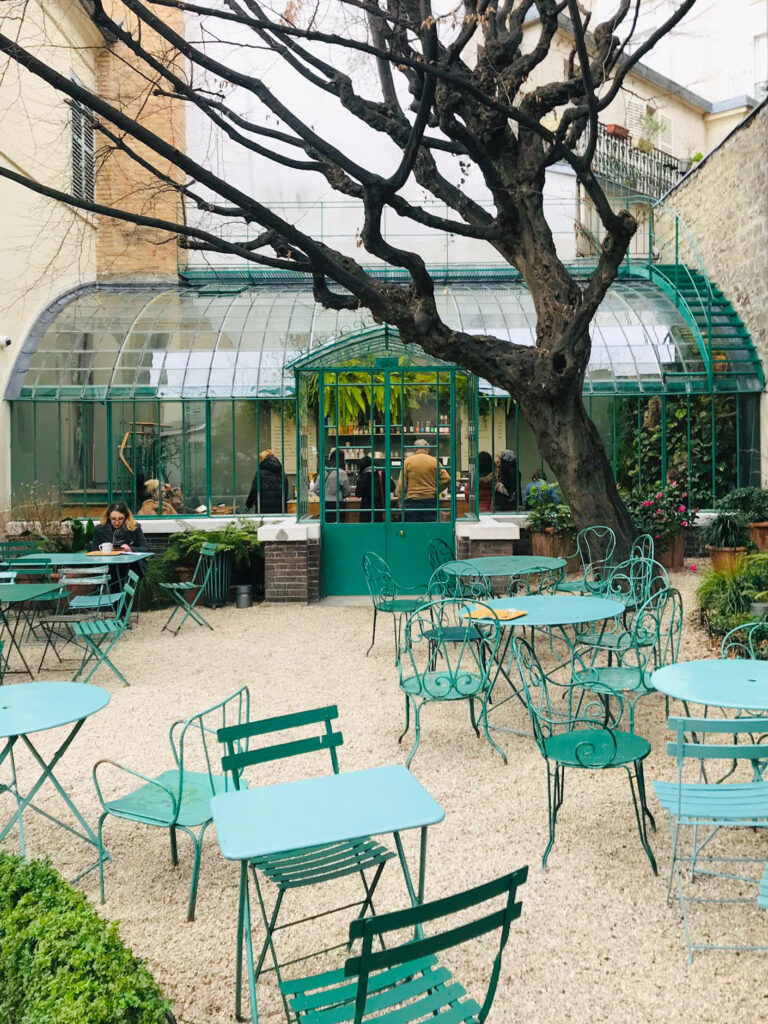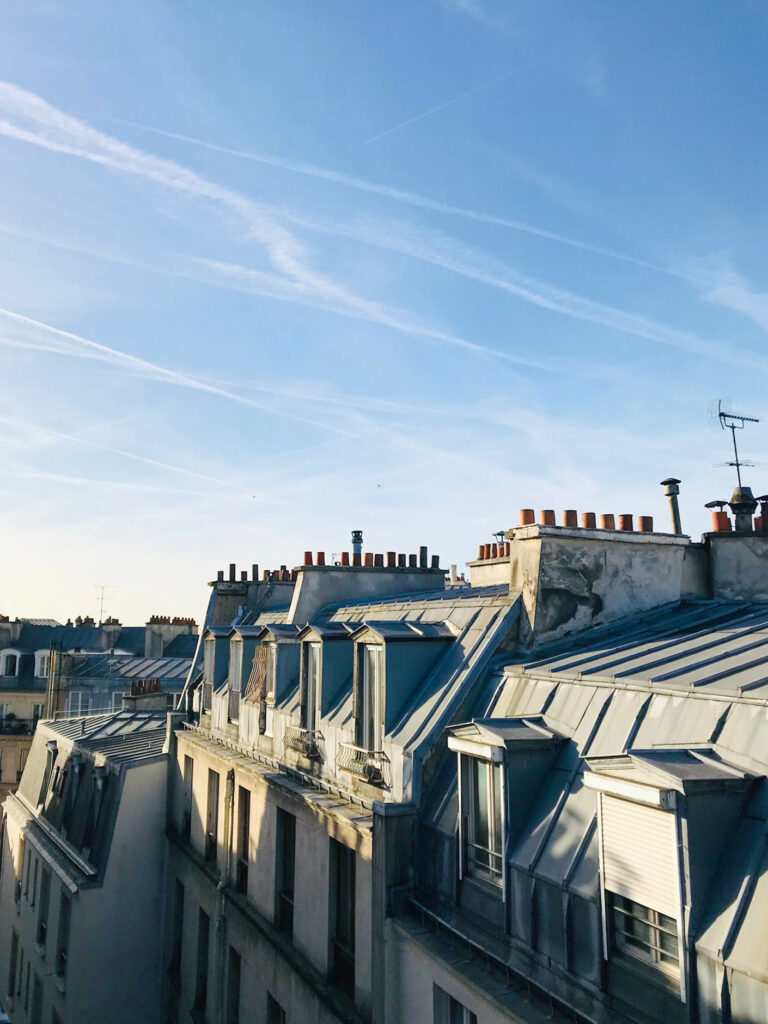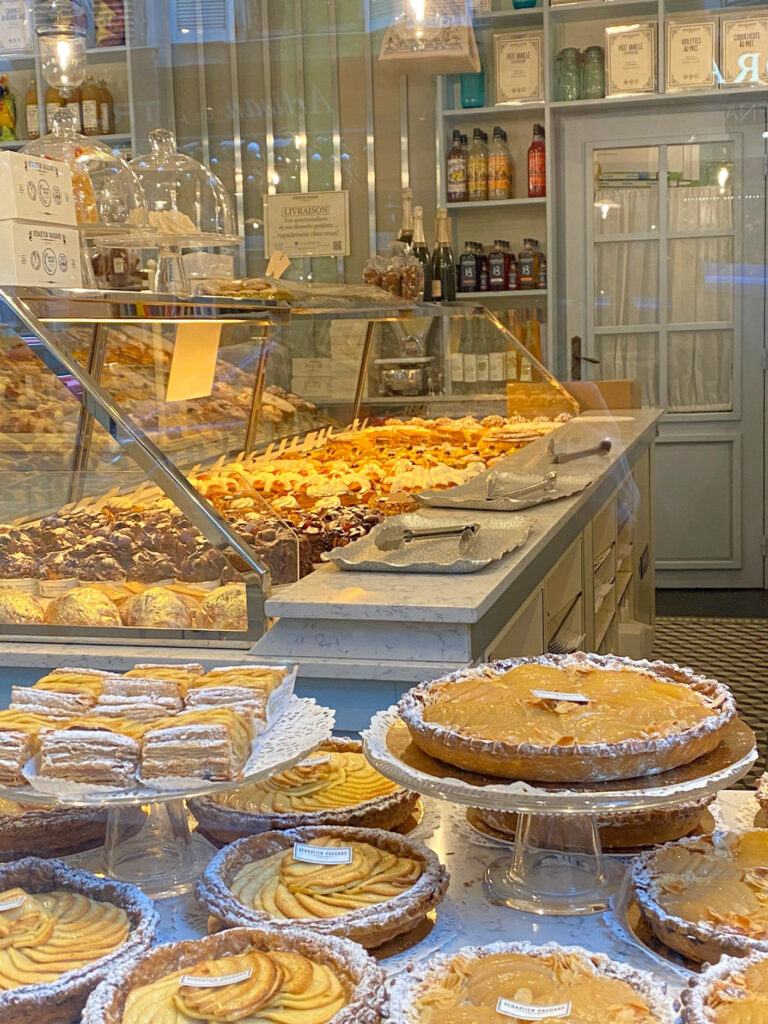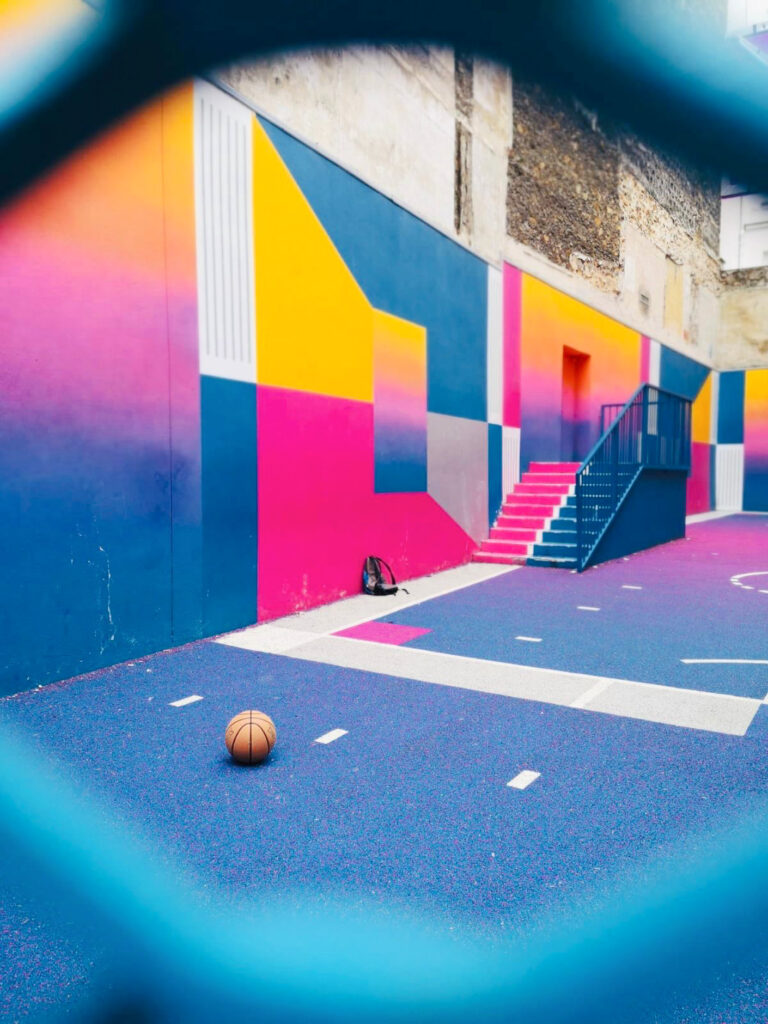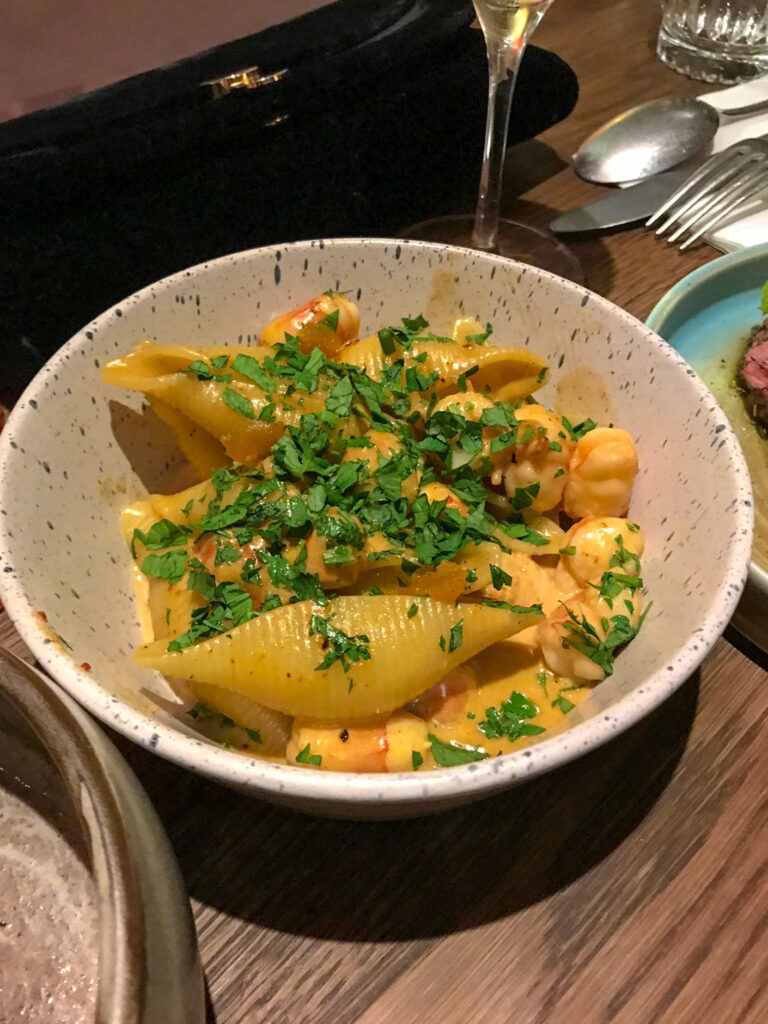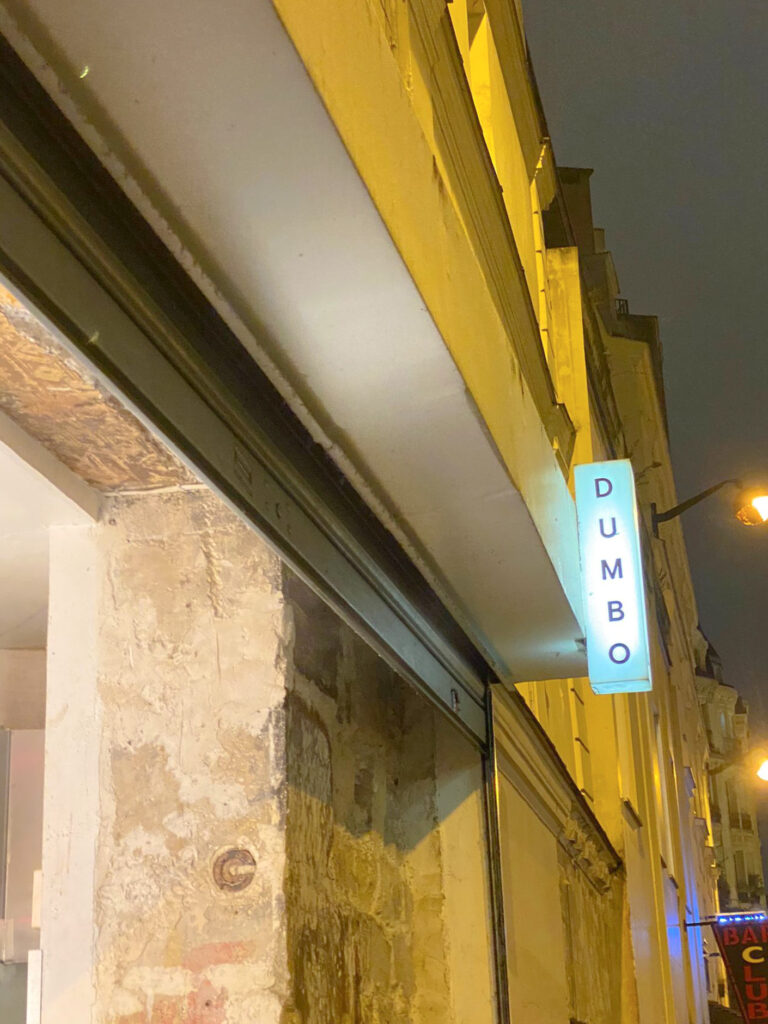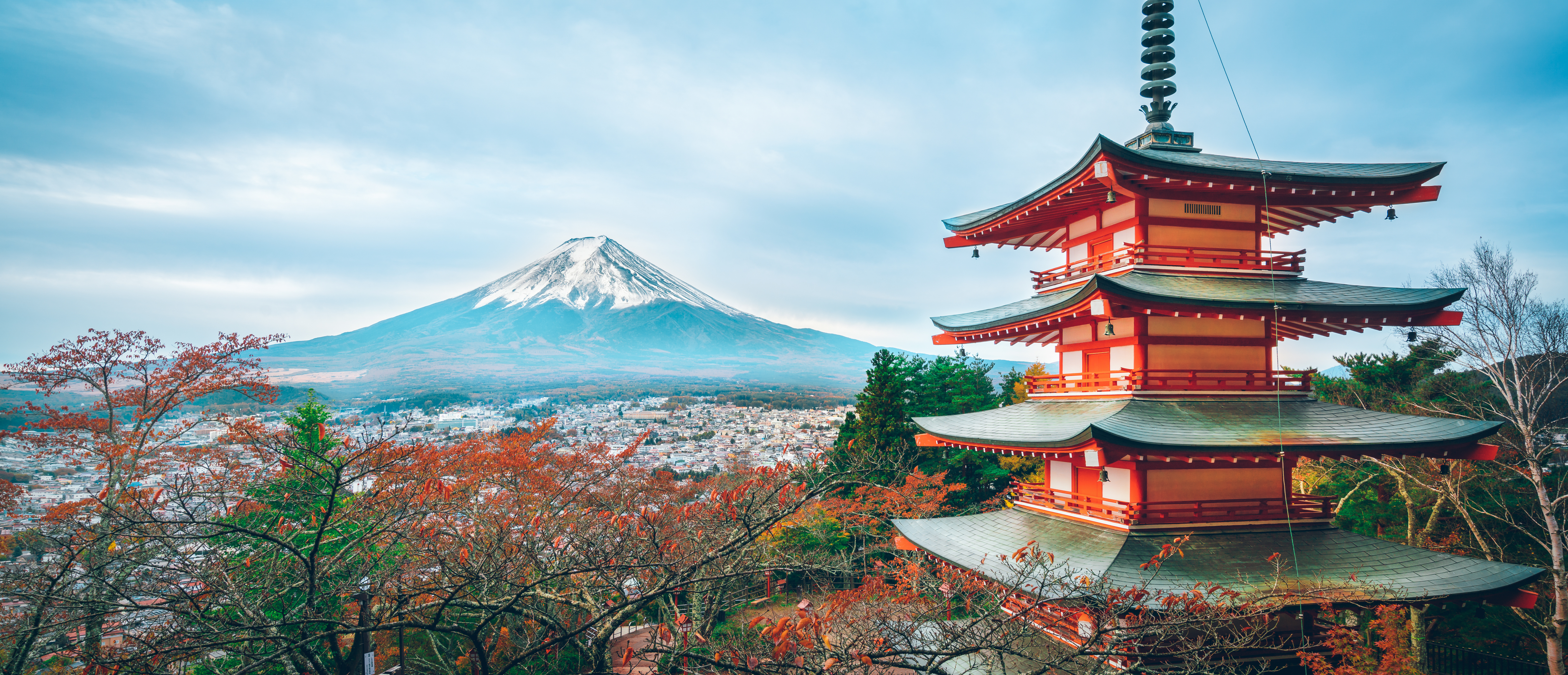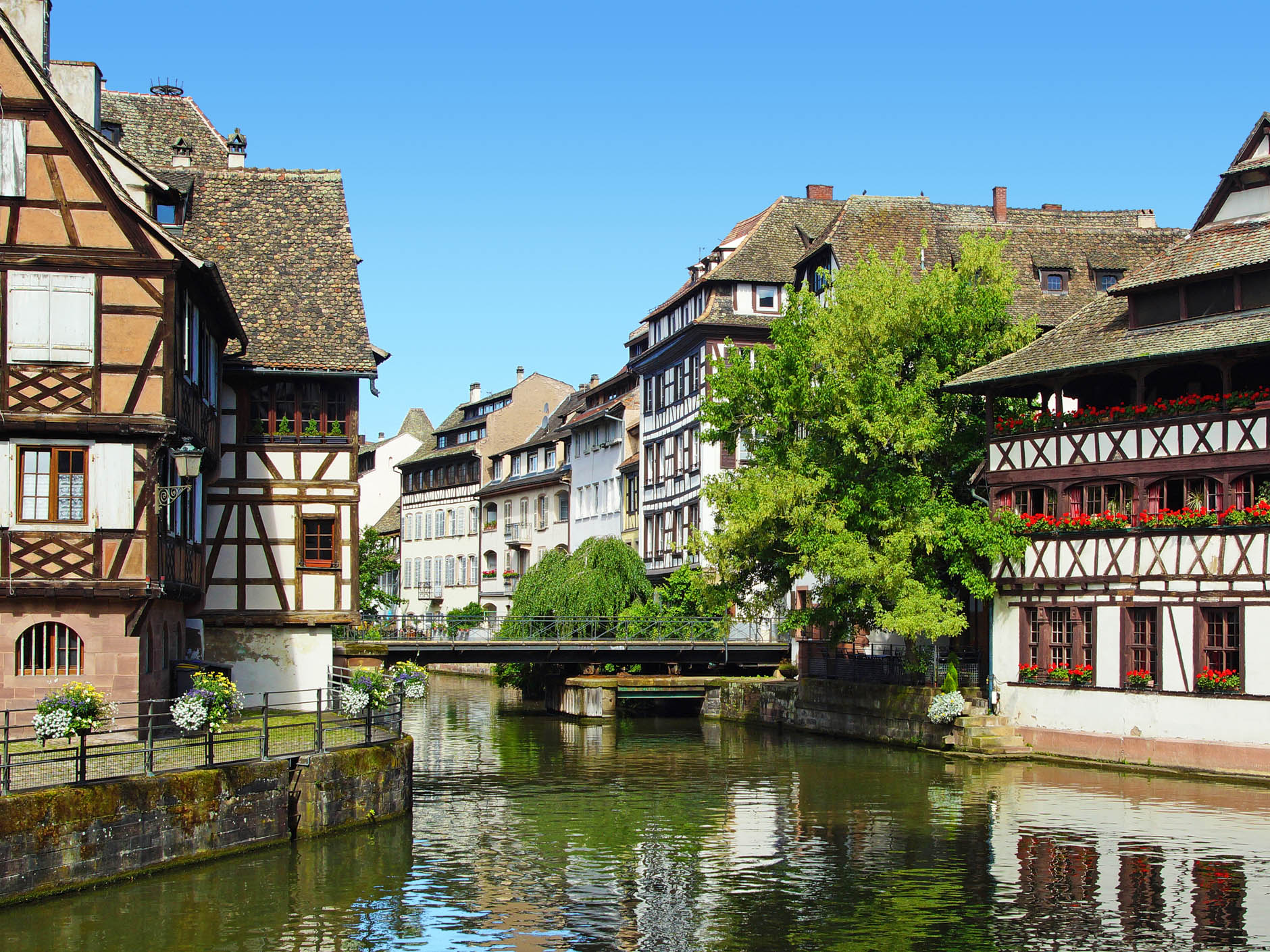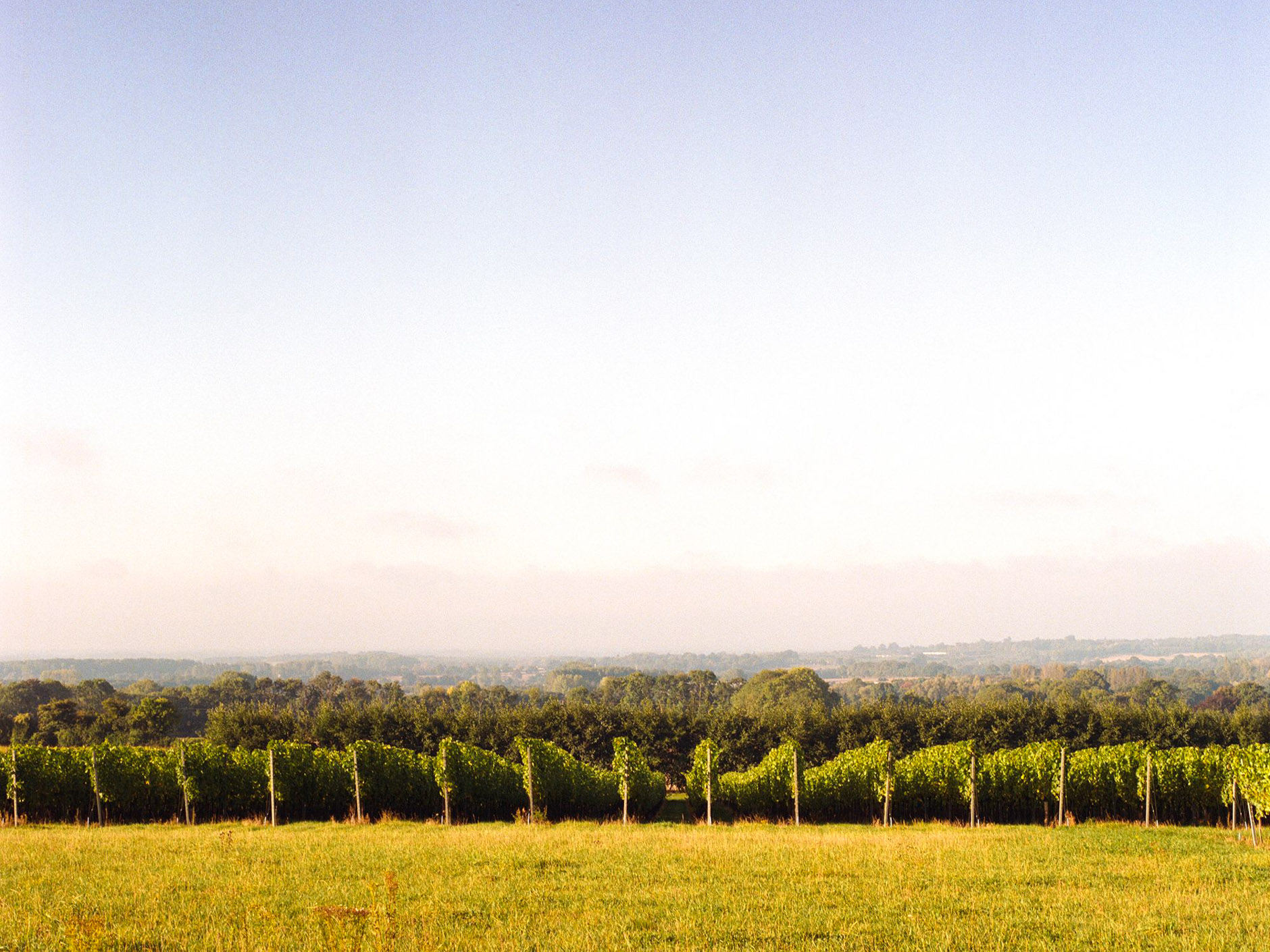Finding a desirable neighbourhood in one of the most travelled-to cities on Earth can be, frankly, taxing. Essentially, the well-trodden path of gentrification leaves too many ‘hoods’ in our beloved cities swamped with 22 euro cocktail bars and hipsters on vintage bicycles with post-ironic facial hair. It’s a joy then to revel in a more balanced destination – particularly in one of my favourite cities: Paris. On the face of it at least, Pigalle has eschewed the worst of this, maintained its own identity (dare I say, edge) and is neither too touristy (yet) nor devoid of good restaurants, cafés, bars, hotels, shops and museums.
There’s something of the sordid history of Soho or Camden about Pigalle. The faded architecture that hints at the district’s golden era of jazz, Josephine Baker, Picasso and sex shops; the mood of Pigalle hangs in the air like the cigarette smoke of a forgotten speakeasy. All night (and all morning) bars still spew blattered binge drinkers onto the streets while bleary-eyed onlookers search the glorious boulangeries and cafés for breakfast. The live shows of Moulin Rouge celebrate that bygone era of liberation and romance as if the party never ended. I truly believe there’s some secret drug at work here, giving a sense that no matter how many times one visits, one will never know all of Pigalle’s joys.
Let’s not forget, this is very much central Paris. The 9th arrondissement is only really a 15 minute walk north from the very chicest boutiques of the 1st arrondissement, and with both metro lines 2 and 12 passing through Pigalle’s station it’s easy enough to get to Saint-Germain-des-Prés or the food-forward 11th arrondissement. Then again, with so much to offer within the boundaries of Pigalle itself, why would you ever need to leave?
Where to stay
Le Pigalle has been my go-to Paris hotel for about four years now. Functional rooms, great staff, an amazing vinyl collection and record player in each chambre (as well as a connected iPad with a few great playlists lined up) and on the higher floors views of that Paris landmark. You know, the big one. The one that lights up.
Hotel Rochechouart is another lovely hotel with an elegant simplicity and classically inspired room décor that feels comfortable rather than dated. They’ve also got a great brasserie and rooftop bar. Prices off-season start at a very reasonable 110 euro per night.
If you’re looking for a bit more space, a bit more glamour and an extra star in your hotel ratings then the upscale Grand Pigalle is where to stay – they’ve also recently imported Rue de Nil’s finest Frenchie to run their restaurant, so the food is reliably delicious.
Where to eat
I’ve tried a few burger spots in Paris and Dumbo is the best by some way. It might very well be the greatest burger I’ve ever eaten. They specialise in a double smashed patty burger (essentially pressing the meat deep into the griddle for extra Maillard reaction crispy goodness). They serve these with only the essentials, no flimflam. At 9 euros it’s not the cheapest burger you’ll ever find, but it is the best.
Django is a tiny hole-in-the-wall kind of place that serves up intentional cooking with serious class. Due to its diminutive size, it’s always busy. But more than the great atmosphere, the harmony coming out of the kitchen makes this one of the most underrated restaurants in Paris.
There are a few notable omissions from this list – a certain famous Bouillon, one of the Big Mamma joints and a well-regarded brunch spot (#ifyouknowyouknow) – but if it were me, I’d head to PEZ. It’s a cracking little ceviche place that puts me in mind of an Ecuadorian friend’s cooking: simple, but beautifully put together. In short I’d rather eat well at this unexpected little gem than have a mediocre meal somewhere more obvious.
Cafés, patisseries and boulangeries
KB CaféShop is my go-to coffee shop. Sit indoors and admire this close-knit team buzz about dutifully attending to their busy café, or perch outdoors on the Place Lino Ventura and watch the world (and the little carousel) go by. Meanwhile, Le Pétrin is a classic boulangerie and larder, with everything you need for breakfast, brunch or lunch. ‘Nuff said.
Pain Pain is not technically in Pigalle – it’s about 30 seconds north of the so-called ‘border’ in the neighbouring 18th arrondissement – but who cares. It sits at the top of Rue des Martyrs (one of the best streets in Paris, if you like food) so this cracking little patisserie and boulangerie gets special dispensation.
Finally, Sébastien Gaudard is really for a special occasion – stepping inside Gaudard’s latest patisserie is a bit like stepping inside Wes Anderson “Mendel’s” of Grand Budapest fame. Expect clean lines, symmetry and soft pastel colours. But, it’s not just for show. There is exquisite pastry work on show here too and it’s well worth the premium price tag.
Where to drink
In my younger and more vulnerable years I’d have elected to stay at Le Pigalle’s ground floor disco at the weekend. Now I’m getting on a bit, I’d sooner opt for a quieter rooftop with a glass of wine or cocktail in hand. The discreet Rochechouart bar provides the perfect setting to do just that.
Lulu White is an out-and-out drinking den and club: for cocktails, this is one of Paris’ best.
For a beer-focussed bar, head to LBF. It has a rotating menu of 15 or so craft beers, lagers and ales all served properly (i.e, on tap).
STEREO may not the best wine bar in Paris, but it is easily one of my favourites, serving reasonably priced wines by the glass, in a great space, with relaxed, open service.
Where to shop and what to see
Pre-Covid, Rue des Martyrs had over 200 shops, bars, cafés and restaurants on this delicious street. Now that number is inevitably slightly lower, but this glorious food-focussed rue that intersects the 9th and 18th sums up the French attitude towards food as a culture so poetically. It’s intrinsically connected to so much of life and exploring the businesses on Rue des Martyrs, you get this amazing sense you are learning, studying and understanding that connection. I promise, you’ll get all that and more from your early morning croissant.
For museums, Musée de la Vie Romantique is a charming little house-turned-museum full of fascinating history, paintings and sculpture. It’s also got a cute little café attached in a former greenhouse, just to the side – perfect to read a book for an hour or so on warmer spring mornings whilst sipping away at an espresso.
Musée Gustave Moreau celebrates the best works of symbolist painter Moreau. The space itself is picture-perfect too, with an imposing spiral staircase, grand parlour rooms and intimate artefacts – this was after all Moreau’s former home, before it was turned into this extensive museum / homage.
An altogether more modern affair, the Pigalle basketball court (and associated store, opposite) have garnered international fame with different artists painting the court with vibrant, youthful style. Locals and visitors alike can hit the store, pick up a ball and shoot hoops, or just head into the court to watch people play.
Paris remains one of the most desirable European cities to visit. Such as it is, I’m yet to be convinced that Pigalle is anything less than the most interesting – and dare I say, coolest – neighbourhood in Paris. So, why stay anywhere else?
This travel guide was last updated on 1 February 2022.
Cover photo of Moulin Rouge licensed by Adobe. All other photos by Mike Daw.

